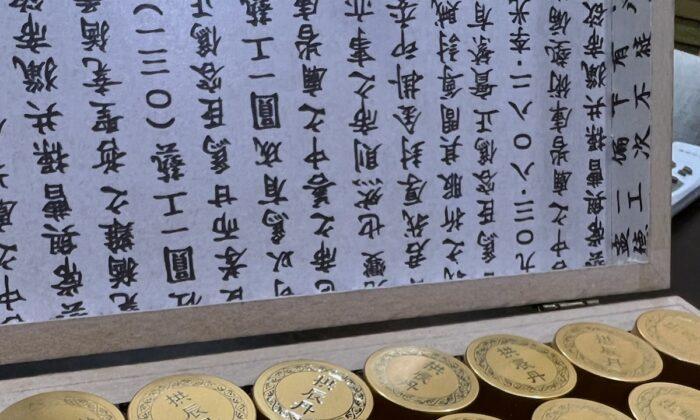Gongjin-dan (GJD), an herbal drug commonly used in Korea and China, is often used for the prevention and early treatment of amnesia. At the end of 2021, it was confirmed for the first time, using scientific research, that GJD, with its anti-aging mechanism, is able to protect and restore damaged brain nerve cells.
Numerous Health Benefits
Containing a mixture of Cervi parvum, Angelica gigas root, Cornus fruit, Ginseng, Rehmannia root, and musk, the use of GJD can be traced to the Yuan Dynasty (1271 to 1368), when Gui Yilin, a famous traditional Chinese medicine doctor of the time, submitted it to the emperor as a valuable concoction, and it was thereafter known as the emperor’s tonic.According to the Korean medical encyclopedia “Dongui Bogam” published in 1613, GJD “strengthens the innate vital energy, [balance the five elements by] making water rise and fire fall, then the five organs will be in harmony and all diseases are kept at bay.”
Korean doctors believe that men and women, young and old, can take GJD to improve health. They recommend it to students who are severely depleted in physical strength and energy when taking major exams, to working people who suffer from chronic fatigue due to stress or alcohol that weaken liver function, and to the elderly who suffer from decreased physical strength, immunity, and memory loss.
In South Korea, it is a common practice to choose high-priced GJD as a premium gift for students getting ready to take college entrance exams, or for the elderly during holidays.
Protection and Restoration of Nerve Cells
Many health benefits of GJD have previously been scientifically proven by South Korean researchers who published their findings in various scientific journals; however, the research that explains GJD’s anti-aging mechanism and how it protects and restores damaged nerve cells was not completed until the end of 2021.To confirm that the improved survival rate was indeed correlated with the activation of Sirtuin 1, the research team added a Sirtuin 1 inhibitor EX-527, and found that neuronal death was increased and cell viability was decreased, even with the treatment of GJD.
Therefore, “GJD-induced Sirtuin 1 activation accelerated elongation of new axons and formation of synapses via increased expression of nerve growth factor and brain-derived neurotrophic factor, as well as regeneration-related genes. Thus, GJD shows potential for preventing neurological diseases via Sirtuin 1 activation,” the research paper concluded.
Dr. Kim Hyun-sung of Jaseng Spine and Joint Research Institute said that the neurological experimental study “identified the neuroprotective and regenerative effects of Gongjin-dan for the first time through the activation of the longevity gene Sirtuin1, which is of great significance.”
According to Kim, the team’s research provided a scientific basis for the potential to apply GJD in the treatment and prevention of various neurological diseases such as memory loss.





